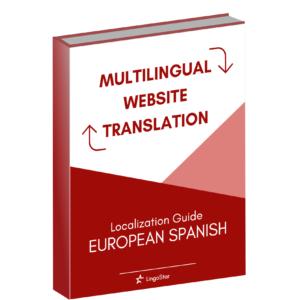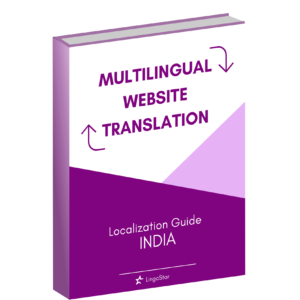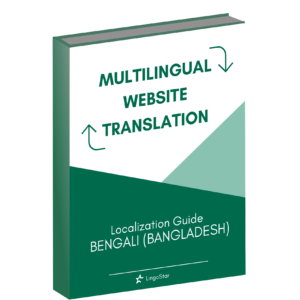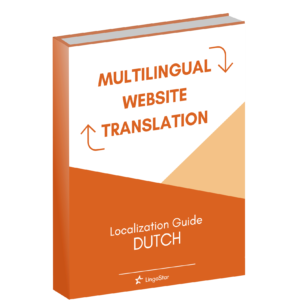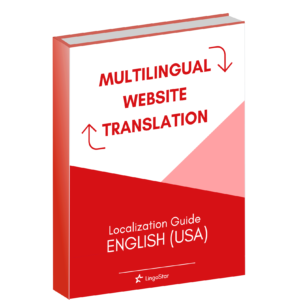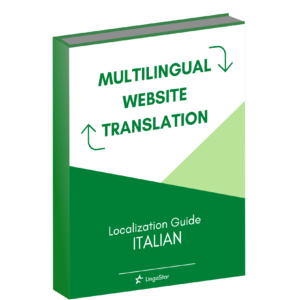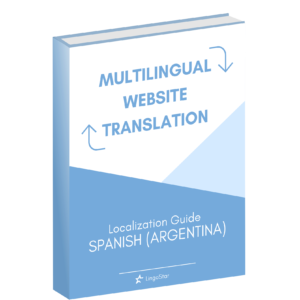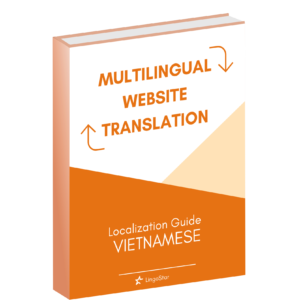Esperanto, as an international language
If you are interested in language, you may have heard about the language “Esperanto”. Esperanto is the world’s most successful constructed language created by Polish linguist L. L. Zamenhof. The name “Esperanto” derives from his pen name “Dr. Esperanto” when he presented the language in 1887. It is said that there are almost two million Esperanto speakers (called Esperantisto) around the world. Esperanto does not intend to overtake other native languages. It aims to become an international auxiliary language, which is used as a second language for people all over the world. Here are some examples of Esperanto words: • Jes (Yes) • Ne (No) • Saluton (Hello) • Dankon (Thank you) • Ne dankinde (You’re welcome): • Mia nomo estas … (My name is …) As you see, Esperanto uses the Latin Alphabet. Also, because 80% of the words are originated from Latin-Romance origin, most vocabularies look similar to other languages such as Spanish, French, or German. Esperanto can be learned much easier than other languages. For example, the accent of words always exist on the second last vowel. All common nouns finish with –o, adjectives finish with –a, adverbs finish with –e. Furthermore, there are no irregular conjugations of noun (such as go-went-gone), and there are no gender of nouns in Esperanto. Because Esperanto has no cultural background and it has quite a few native speakers, it has not become one of the major languages in the world. The process of Esperanto to become an ideal second language for people around the world is still underway. Here are Lingostar, we offer translation and voiceover services in over...




